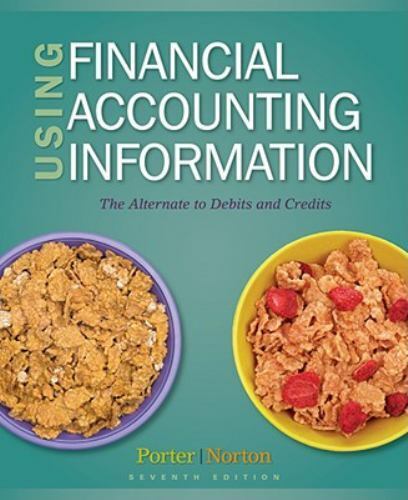Comparison of the Direct Write-Off and Allowance Methods of Accounting for Bad Debts In its fi rst
Question:
Comparison of the Direct Write-Off and Allowance Methods of Accounting for Bad Debts In its fi rst year of business, Rideaway Bikes has net income of $145,000, exclusive of any adjustment for bad debts expense. The president of the company has asked you to calculate net income under each of two alternatives of accounting for bad debts: the direct write-off method and the allowance method. The president would like to use the method that will result in the higher net income. So far, no adjustments have been made to write off uncollectible accounts or to estimate bad debts. The relevant data are as follows:
Write-offs of uncollectible accounts during the year $10,500 Net credit sales $650,000 Estimated percentage of net credit sales that will be uncollectible 2%
Required Compute net income under each of the two alternatives. Does Rideaway have a choice as to which method to use? If so, should it base its choice on which method will result in the higher net income? (Ignore income taxes.) Explain.
AppendixLO1
Step by Step Answer:

Using Financial Accounting Information The Alternative To Debits And Credits
ISBN: 9780538452748
7th Edition
Authors: Curtis L. Norton, Gary A. Porter





